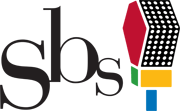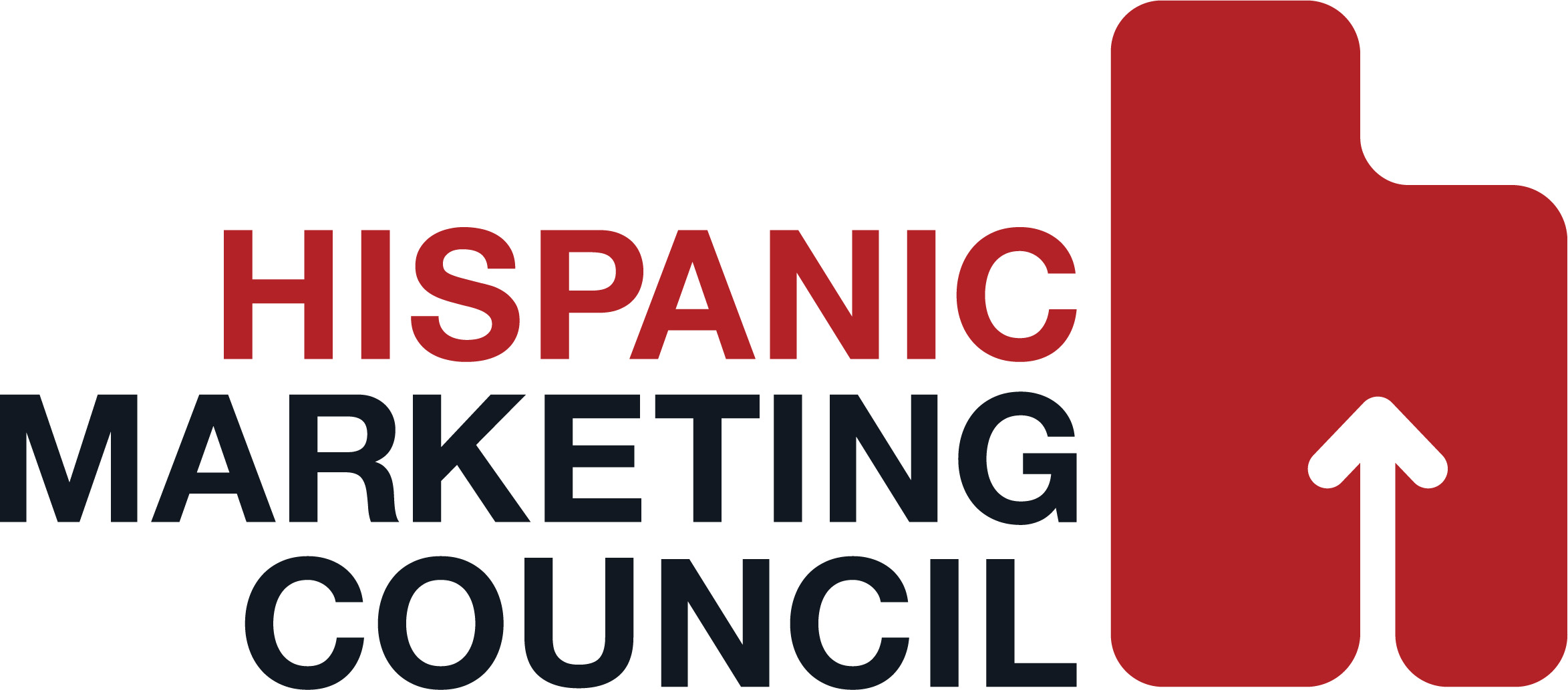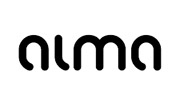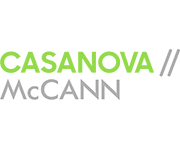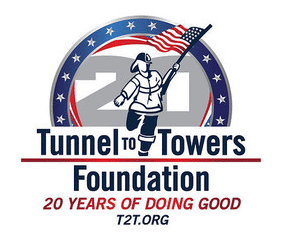US Broadband Market Reaches Critical Mass.
March 13, 2004
With close to 27 million US business and residential subscribers at the end of 2003, broadband is now clearly a mainstream service, reports In-Stat/MDR. The high-tech market research firm projects that the mainstreaming of broadband will be huge, as the existence of a significant subscriber base opens up markets for other services that are looking to take advantage of the broadband connection, such as home entertainment/networking, Voice over IP (VoIP) and online gaming.
“This starts a cycle where growth in both broadband and applications feed the growth of each other” says Daryl Schoolar, a Senior Analyst with In-Stat/MDR. “This applies equally to the business subscriber. Broadband growth should also improve service provider operations as well.” However, the one major challenge that faces the future provisioning of broadband will come from a less tech-savvy subscriber. According to Schoolar, “As broadband moves into mass adoption, newer subscribers will be less experienced with computers and the Internet. They will expect all of the benefits of the Internet, but will have less patience for dealing with its technical issues. When their service goes down they are going to be less likely than early adopters to perform self-diagnosis, and more likely to just pick up the phone and call customer service. Also, their lower level of technical knowledge will make communicating with them more difficult. However, the opportunities will outweigh the challenges.”
In-Stat/MDR also found that:
At the end of 2003, 1 in every 5 US household subscribed to a broadband service.
In the US, cable modem continues to be the most common broadband access technology, with DSL remaining in second.
Broadband over Power Line, after years of discussion, is finally moving out of the lab and into actual homes.
Fiber-to-the-Home (FTTH) continues to be hindered by cost and regulatory concerns.
Fixed Wireless Broadband (FWB) is now the third most common broadband access technology in the US.
While cable modem may be the broadband technology of choice in the US, worldwide, DSL dominates due to lack of cable data service, and greater housing density outside of the US.
At the end of 2003, Comcast and Time Warner accounted for the majority of all cable modem subscribers. Overall, six cable operators had 91% of the US cable modem market at end-of-year 2003.
SBC and Verizon accounted the majority of US DSL subscribers at the end of 2003. Overall, five providers accounted for 94% of the US DSL market.






